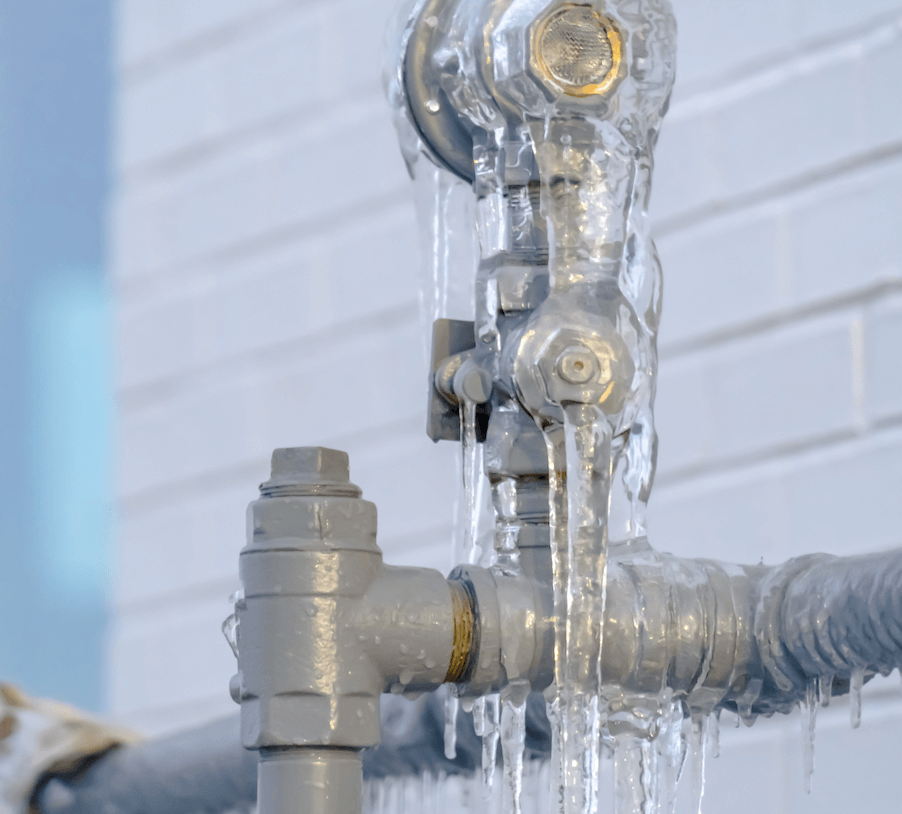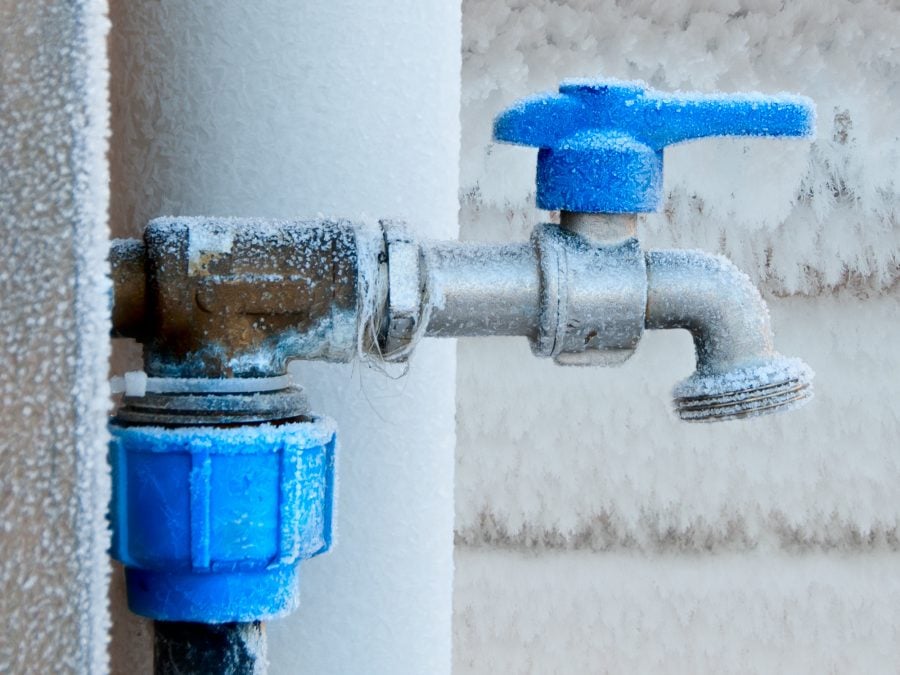Tips to Defend Plumbing System from Freezing: Key Advice
Tips to Defend Plumbing System from Freezing: Key Advice
Blog Article
How do you really feel in relation to 6 Ways to Prevent Frozen Pipes?

Cold weather can damage your plumbing, especially by freezing pipes. Right here's how to avoid it from happening and what to do if it does.
Introduction
As temperature levels drop, the danger of icy pipelines boosts, potentially causing costly repair work and water damages. Understanding how to avoid icy pipelines is essential for house owners in cool environments.
Prevention Tips
Insulating susceptible pipelines
Cover pipelines in insulation sleeves or make use of warmth tape to shield them from freezing temperature levels. Concentrate on pipelines in unheated or external locations of the home.
Home heating strategies
Maintain interior rooms properly warmed, especially areas with plumbing. Open up closet doors to allow cozy air to distribute around pipes under sinks.
Just how to recognize icy pipes
Try to find lowered water flow from taps, uncommon smells or noises from pipelines, and noticeable frost on revealed pipelines.
Long-Term Solutions
Structural modifications
Think about rerouting pipelines far from exterior walls or unheated areas. Include additional insulation to attics, basements, and crawl spaces.
Updating insulation
Purchase top notch insulation for pipes, attics, and wall surfaces. Proper insulation aids preserve consistent temperature levels and minimizes the risk of icy pipes.
Shielding Outside Pipes
Garden tubes and outside taps
Detach and drain pipes garden pipes before wintertime. Mount frost-proof spigots or cover exterior taps with protected caps.
Recognizing Icy Pipes
What triggers pipelines to freeze?
Pipes freeze when subjected to temperature levels listed below 32 ° F (0 ° C) for prolonged durations. As water inside the pipelines freezes, it broadens, putting pressure on the pipe walls and potentially causing them to burst.
Risks and problems
Icy pipelines can cause supply of water interruptions, property damage, and pricey repairs. Ruptured pipes can flood homes and trigger substantial architectural damages.
Indications of Frozen Pipes
Identifying frozen pipes early can avoid them from breaking.
What to Do If Your Pipelines Freeze
Immediate actions to take
If you suspect icy pipelines, maintain faucets available to ease pressure as the ice melts. Utilize a hairdryer or towels soaked in warm water to thaw pipes gradually.
Final thought
Preventing frozen pipes calls for positive actions and quick actions. By understanding the reasons, indicators, and preventive measures, home owners can protect their plumbing throughout winter.
5 Ways to Prevent Frozen Pipes
Drain Outdoor Faucets and Disconnect Hoses
First, close the shut-off valve that controls the flow of water in the pipe to your outdoor faucet. Then, head outside to disconnect and drain your hose and open the outdoor faucet to allow the water to completely drain out of the line. Turn off the faucet when done. Finally, head back to the shut-off valve and drain the remaining water inside the pipe into a bucket or container. Additionally, if you have a home irrigation system, you should consider hiring an expert to clear the system of water each year.
Insulate Pipes
One of the best and most cost-effective methods for preventing frozen water pipes is to wrap your pipes with insulation. This is especially important for areas in your home that aren’t exposed to heat, such as an attic. We suggest using foam sleeves, which can typically be found at your local hardware store.
Keep Heat Running at 65
Your pipes are located inside your walls, and the temperature there is much colder than the rest of the house. To prevent your pipes from freezing, The Insurance Information Institute suggests that you keep your home heated to at least 65 degrees, even when traveling. You may want to invest in smart devices that can keep an eye on the temperature in your home while you’re away.
Leave Water Dripping
Moving water — even a small trickle — can prevent ice from forming inside your pipes. When freezing temps are imminent, start a drip of water from all faucets that serve exposed pipes. Leaving a few faucets running will also help relieve pressure inside the pipes and help prevent a rupture if the water inside freezes.
Open Cupboard Doors
Warm your kitchen and bathroom pipes by opening cupboards and vanities. You should also leave your interior doors ajar to help warm air circulate evenly throughout your home.

I came across that entry on How to prepare your home plumbing for winter weather when doing a search on the web. Don't hesitate to set aside a second to promote this blog entry if you enjoyed reading it. Thanks a lot for taking the time to read it.
Schedule Service Pickup Report this page